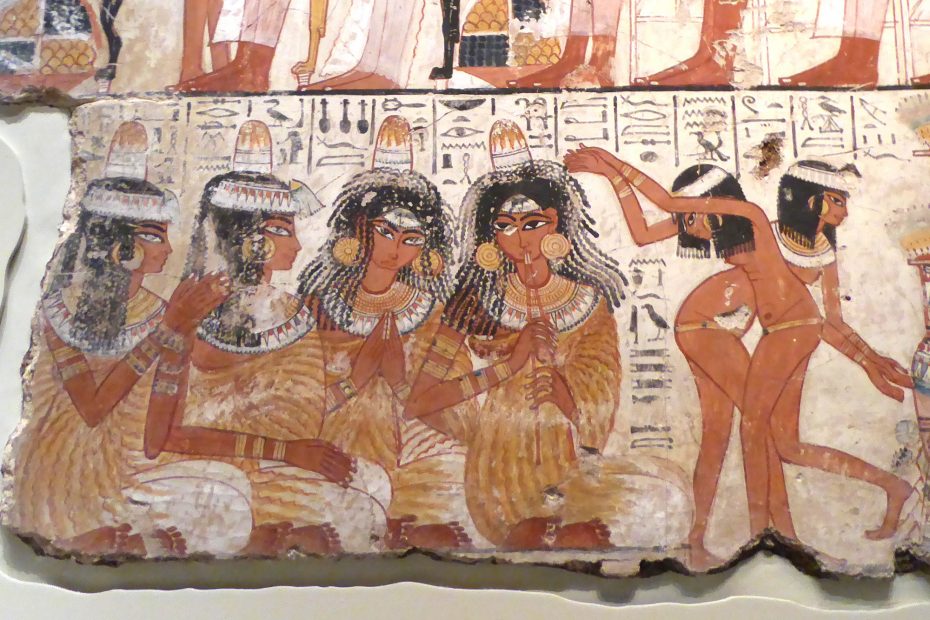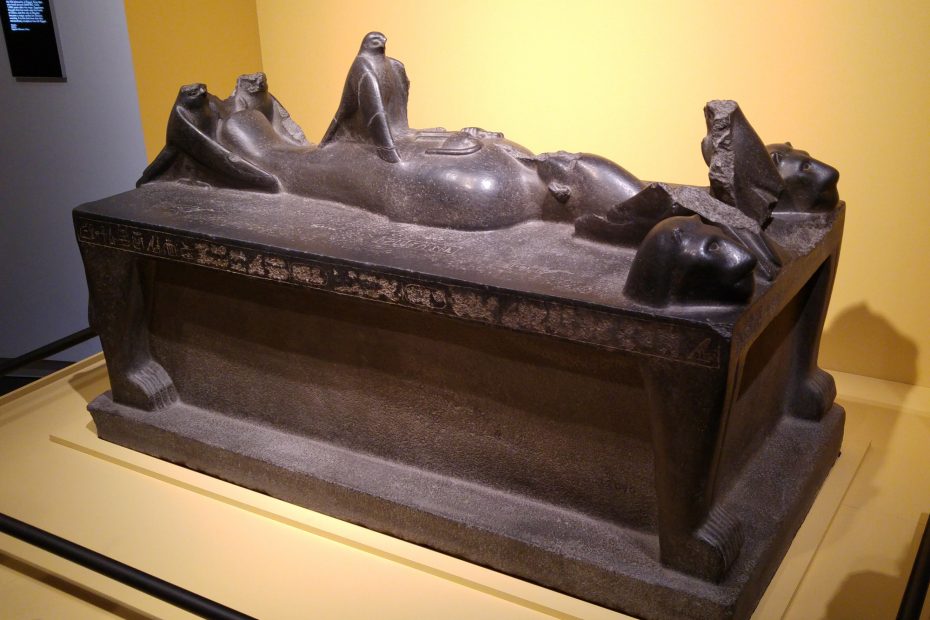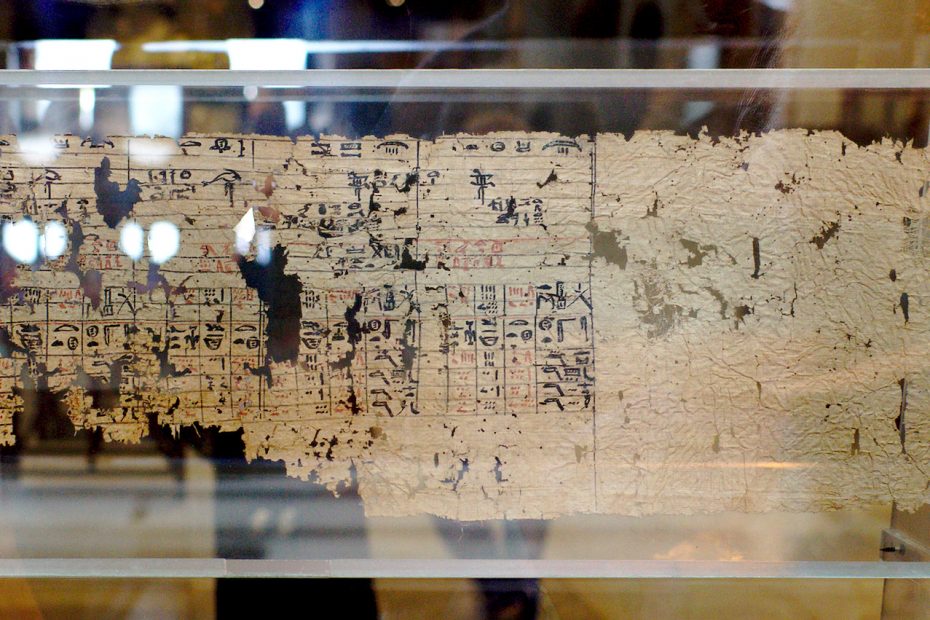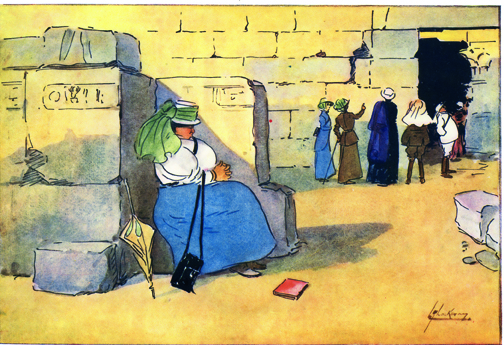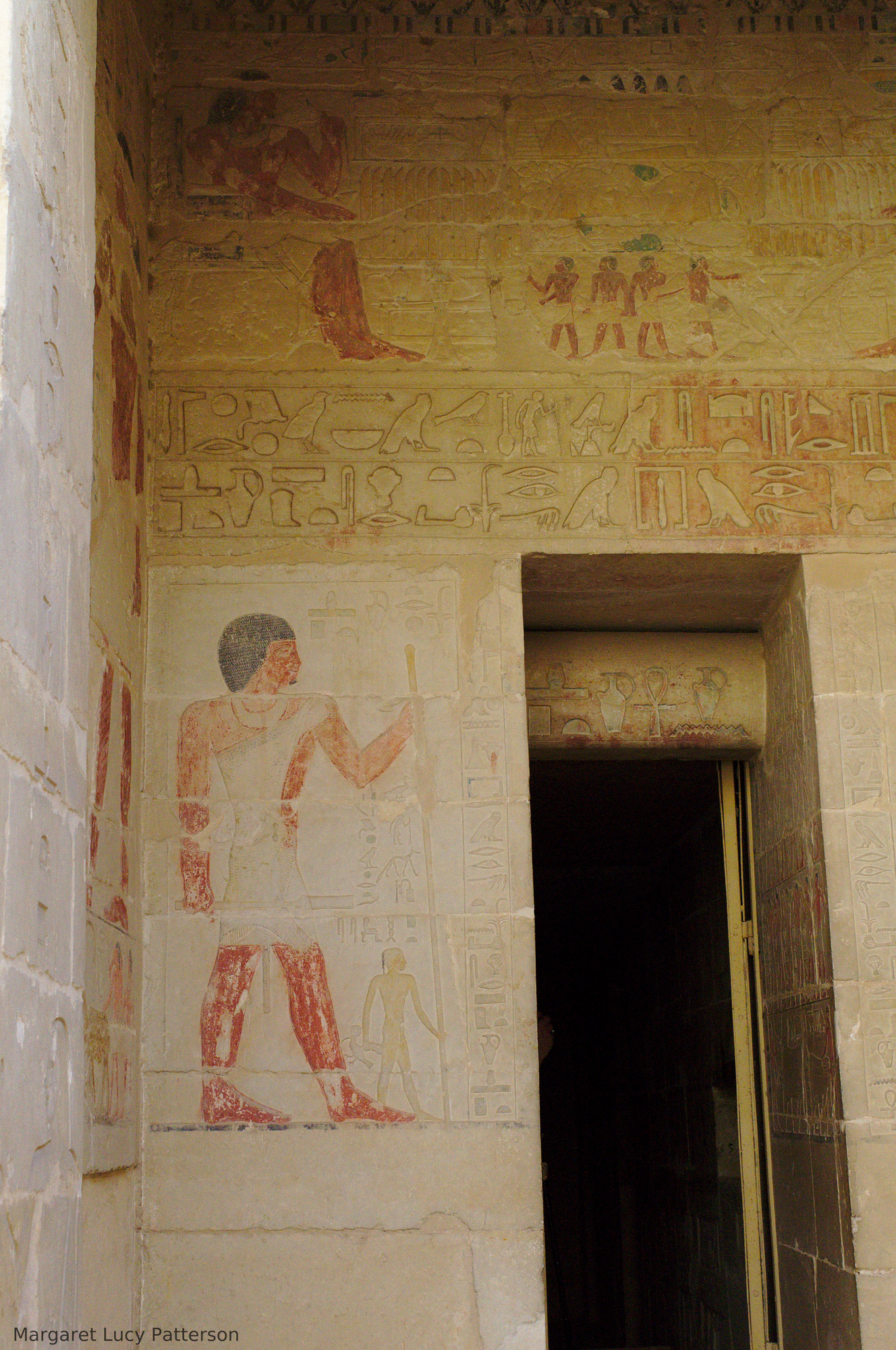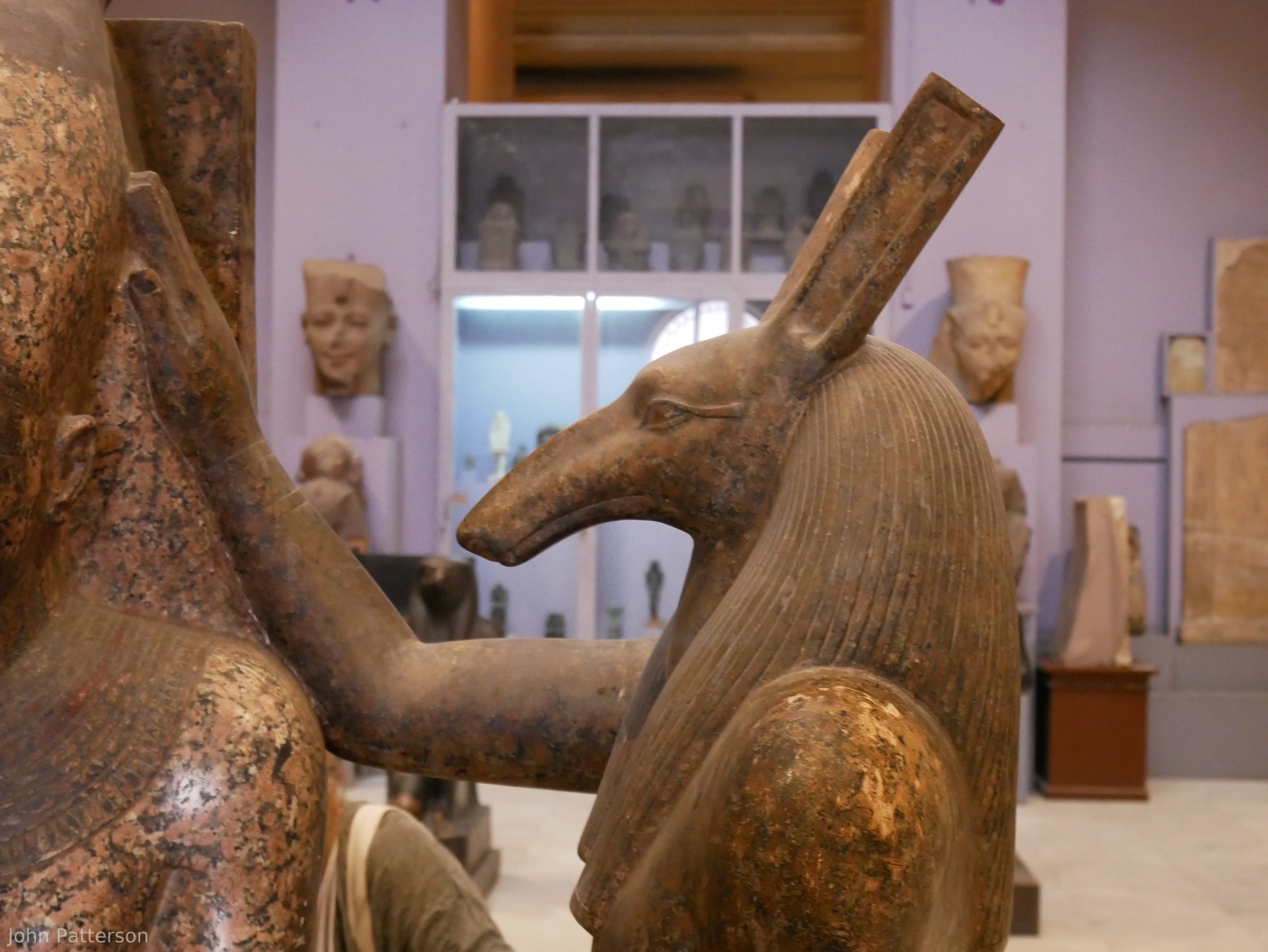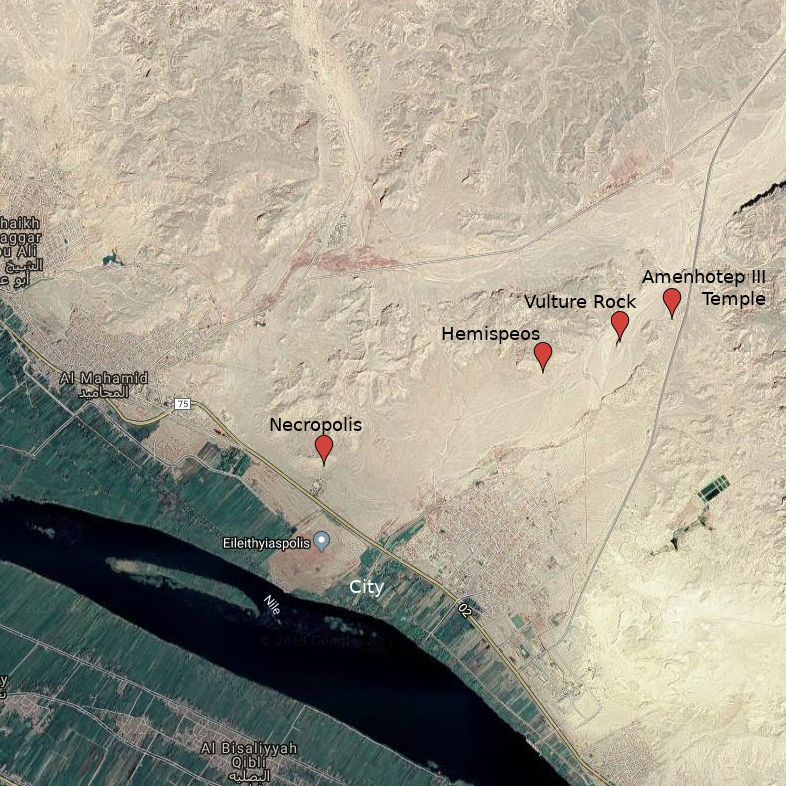“The Ancient Egyptian Harem: Drudgery or Debauchery?” Dylan Bickerstaffe
Our July 2021 talk at the Essex Egyptology Group was given by Dylan Bickerstaffe – postponed from April 2020 due to the pandemic. This talk complements the “Royal Ladies of the New Kingdom” study day that he presented for us back in April 2019, providing an extra lecture which there wasn’t time to fit in on that day, but also standing alone as its own subject. Bickerstaffe began by talking a bit about the site of Gurob – this is the type site for harems, the one that Egyptologists use to determine what they think is “usual” for an Ancient Egyptian harem. The name of the harem at Gurob is Per-Khener n Mi-Wer in Ancient Egyptian. Per-Khener is the word that we’re translating as harem, and Mi-Wer is the name of the place. The site is now underneath lots of Egyptian army structures that they use for conducting exercises, but… Read More »“The Ancient Egyptian Harem: Drudgery or Debauchery?” Dylan Bickerstaffe
